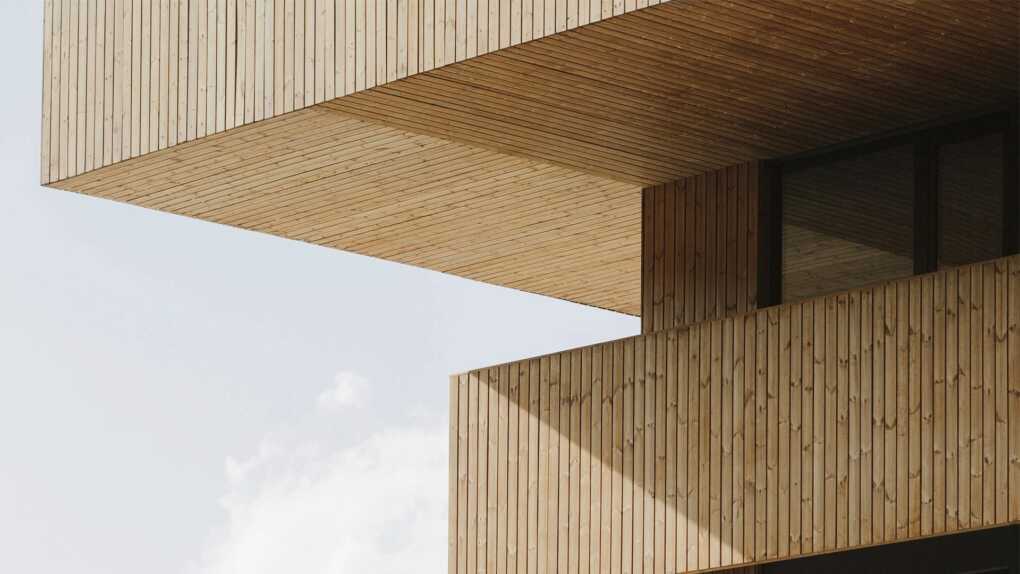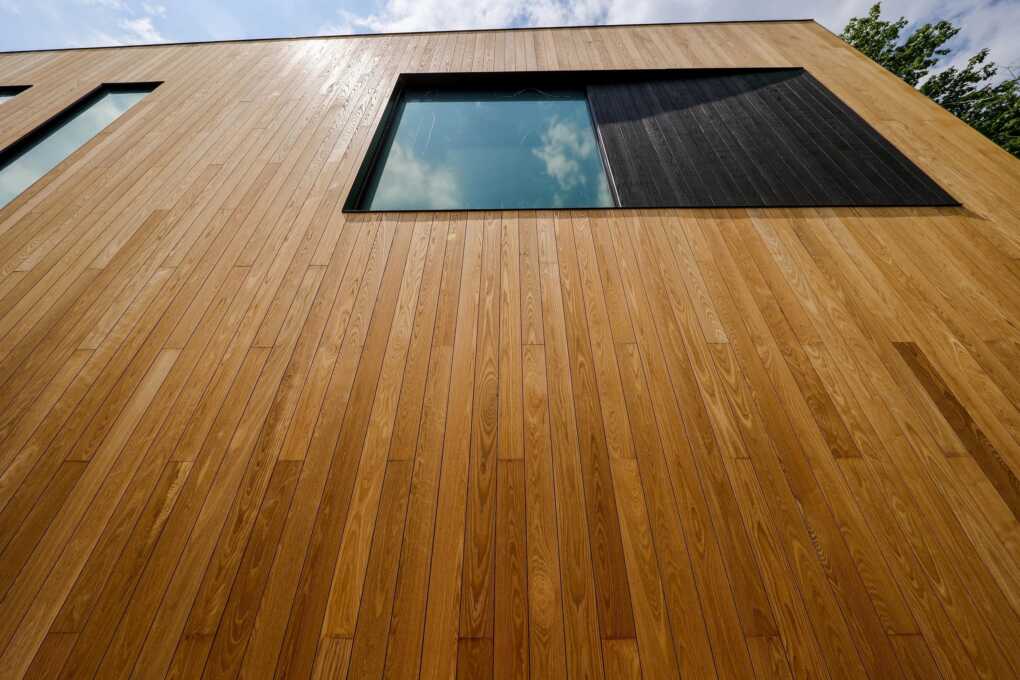Thermo modified wood, also known as thermowood or thermally modified wood, is a type of wood that has been heat-treated at high temperatures (typically 180–230°C) in a controlled, low-oxygen environment. This environmentally friendly process enhances the wood’s durability, stability, and resistance to biological decay—without using chemicals.

How Does the Thermal Modification Process Work?
The modification process involves three main stages:
- Drying: Wood is dried at high temperature to reduce its moisture content.
- Heat Treatment: The temperature is gradually increased to around 200°C, transforming the wood’s cellular structure.
- Cooling & Moisturizing: The wood is cooled and re-moisturized to improve handling and prevent brittleness.
This transformation leads to improved dimensional stability and longevity, while preserving the natural appearance of wood.
Key Benefits of Thermally Modified Wood
1. Durability
- Thermowood is highly resistant to rot, fungi, and insects.
- Suitable for outdoor use, even in harsh weather conditions.
2. Dimensional Stability
- Less prone to warping, swelling, or shrinking.
- Ideal for exterior cladding, decking, and saunas.
3. Eco-Friendly
- No chemicals are used; only heat and steam.
- Safe for humans and pets, and fully recyclable.
4. Beautiful Appearance
- Warm, rich tones from golden to deep brown.
- Improved texture and grain visibility.
5. Longevity
- Can last up to 25 years outdoors with proper maintenance.
- Doesn’t require pressure treatment or preservatives.
Common Uses of Thermowood
Thermo modified wood (buy here) is incredibly versatile. Its improved performance makes it suitable for:
- Decking – Slip-resistant and resistant to moisture.
- Cladding – Aesthetic and long-lasting for building exteriors.
- Facades – UV-resistant and dimensionally stable.
- Saunas & Spa Interiors – Naturally insulating and non-toxic.
- Furniture & Interior Panels – Unique look with natural warmth.
Popular Wood Species for Thermal Modification
- Ash – Hard and durable; ideal for decking and facades.
- Pine – Affordable and lightweight; commonly used for cladding.
- Spruce – Good for interior use and sauna panels.
- Oak – Dense and strong; often used in high-traffic areas.

Comparison: Thermowood vs. Regular Wood
| Feature | Regular Wood | Thermally Modified Wood |
|---|---|---|
| Rot Resistance | Moderate | High |
| Dimensional Stability | Low to Medium | Very High |
| Moisture Resistance | Limited | Excellent |
| Eco-Friendliness | Varies | 100% Natural (No Chemicals) |
| Lifespan (Outdoor Use) | 5–10 years | 20–25 years |
Maintenance Tips
While thermo modified wood is durable, proper maintenance enhances its lifespan:
- Apply UV-protective oil to preserve color.
- Clean surfaces annually to remove debris.
- Inspect fasteners to ensure stability.
Why Choose Thermowood?
Here are the top reasons why thermally modified wood is gaining popularity worldwide:
- Sustainable: Sourced from responsibly managed forests.
- Safe: No toxic chemicals or resins.
- Attractive: Warm hues that age gracefully.
- Reliable: Backed by performance data and real-world applications.
Whether you’re an architect, builder, or homeowner, thermowood offers a smart and sustainable solution.
Final Thoughts
Thermo modified wood is a future-ready material that combines the timeless beauty of natural wood with modern performance. It’s durable, environmentally friendly, and ideal for a wide range of applications—from outdoor decks to architectural facades.
If you’re looking for a sustainable, low-maintenance wood option that performs exceptionally well outdoors and indoors, thermowood is a top-tier choice.
